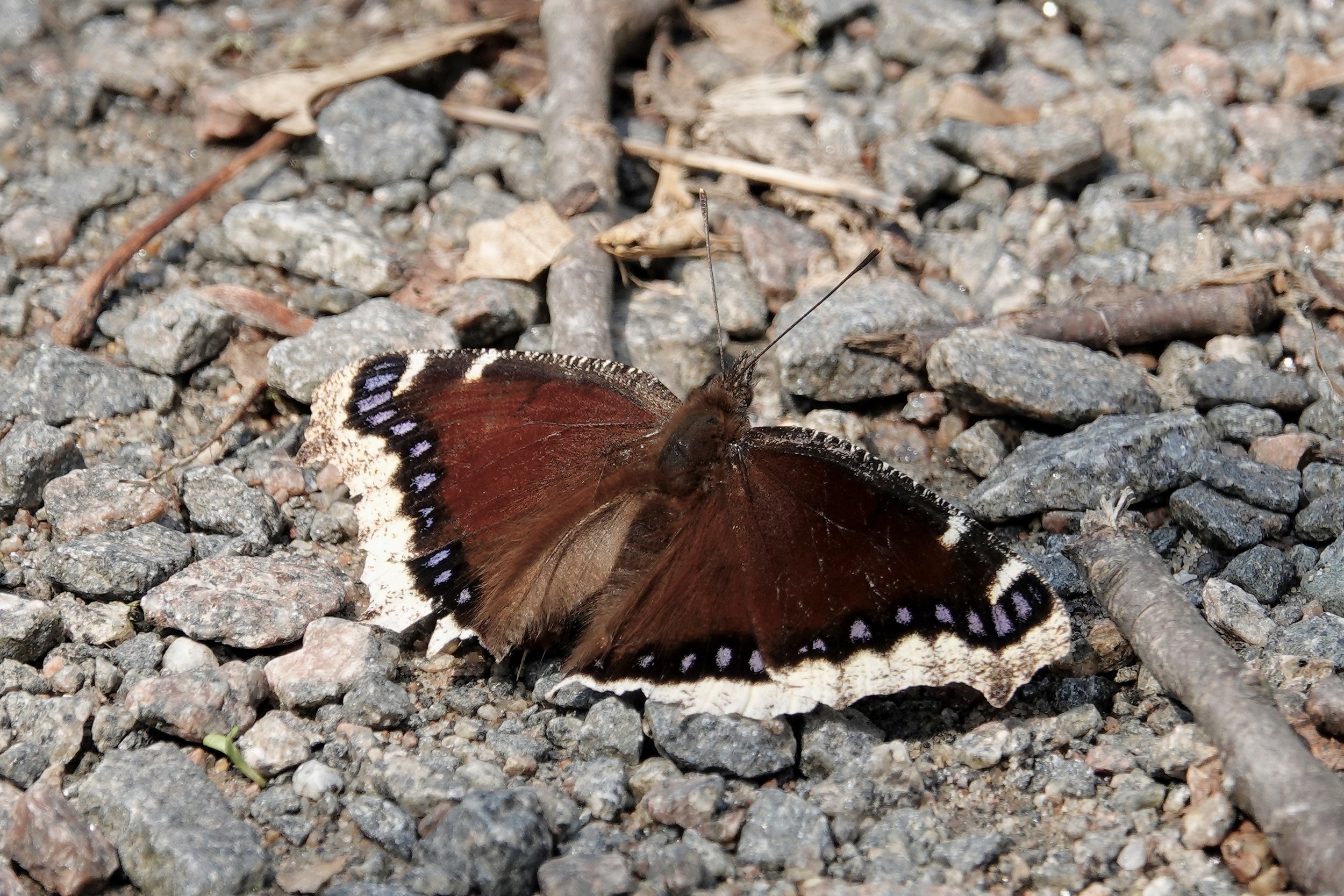Naturally
Around June 1, give or take a few days, I hear honking (goose music) and see a loose V-formation of Canada geese flying overhead in a molt migration. All birds, geese included, shed feathers and replace them at least once each year. The geese become flightless for 4-5 weeks. The molt is timed to occur on the breeding grounds when adult birds are tending broods. Geese not old enough to breed (they begin mating at 2-3 years of age), those that lost nests early in the season and those who had their goslings adopted by more experienced or aggressive geese, undertake a molt migration. Individuals may move hundreds of miles to waters where they feel safe while flightless. In September and October, many of these individuals return from this seasonal journey.
I haven’t been seeing many house sparrows in the yard. Their numbers usually decrease when spring hits, but their populations have declined by about 3% per year resulting in a cumulative decline of nearly 80% between 1966 and 2019, according to the North American Breeding Bird Survey.
The red-eyed vireo is an olive-green songbird with a thick bill, a signature red eye and a strong white eye stripe. I enjoy watching them as they glean insects from the foliage of trees. Red-eyed vireos are vigorous singers, sounding as if they’re talking to themselves “See me, here I am, up here.” They sing nearly non-stop, “Here I am! Where are you?” Some birders call it the preacher bird because they find its song interminable. “Where are you? Here I am, way up here. Here I am, over here, see me, where am I?” The bird sounds as if it’s counting the leaves of a tree.
Q&A
“Why are birds so loud in the morning?” The dawn chorus is borne of spring and peaks an hour before and after sunrise. Birds might sing then because foraging (especially for insectivorous birds) is difficult in dim light, making singing a better use of their time and energy; singing robustly after surviving the night exhibits vitality; fewer environmental noises clutter the airwaves; and the wind is often lacking. The result is a beautiful free-form jazz. Some birds sing in the darkness in response to artificial light. City lights and noises have disrupted the natural sleep cycle of birds like robins, which makes it difficult for them to tell day from night. Birds may sing louder in a city in an attempt to overpower the noise.
“Why are there fewer red-headed woodpeckers than there used to be?” According to the North American Breeding Bird Survey, the omnivorous bird’s population declined by 54% from 1966 to 2019. Some studies say starlings have displaced the cavity-nesting woodpeckers from nest sites. Other studies disagree. The lack of dead trees has been hard on them and many are hit by cars while the birds are flycatching. The Minnesota DNR designated the bird as a Species of Greatest Conservation Need.
“I saw pine siskins not long ago in southern Minnesota. Do they nest here?” Pine siskins’ primary breeding distribution is in the northeastern coniferous region of the state. Following a large irruptive year, siskins have been known to stay and breed far south of their normal breeding range if there is a good food supply available. Increased establishment of conifers may have moved the siskins’ normal range farther south than its traditional range. The increased availability of feeders might have helped.
“How do I know if a young rabbit needs help?” If the rabbit is fully furred, its eyes are open, it has no visible injuries and is larger than a baseball, it doesn’t need rescuing.
“Why are so many young robins on the ground before they can fly?” Robins leave the nest before they can fly. It’s natural and this unflighted time is a normal and vital part of the young birds’ development. Fledglings can walk, hop, and flap well enough to attempt short flights. They tend to stay close to shrubbery or low branches, where they find safety. Their parents continue to feed them.
Meeting adjourned
“When the last tree is cut, the last fish is caught, and the last river is polluted; when to breathe the air is sickening, you will realize, too late, that wealth is not in bank accounts and that you can't eat money.—Alanis Obomsawin.
“Above all, do not lose your desire to walk. Every day, I walk myself into a state of well-being and walk away from every illness. I have walked myself into my best thoughts, and I know of no thought so burdensome that one cannot walk away from it. But by sitting still, and the more one sits still, the closer one comes to feeling ill. Thus if one just keeps on walking, everything will be all right.”—Søren Kierkegaard.
Do good.
©Al Batt 2022
The red-eyed vireo is an olive-green songbird with a thick bill, a signature red eye and a strong white eye stripe. I enjoy watching them as they glean insects from the foliage of trees. Red-eyed vireos are vigorous singers, sounding as if they’re talking to themselves “See me, here I am, up here.” Photo by Al Batt.
Baby robins to the right of me, baby robins to the left of me, baby robins in front of me, and they are all on the ground. Al Batt on the radio.
Forest bathing is enhanced when in the company of woodland butterlies like Mourning Cloaks.
The New Ulm Eagles varsity won the Mankato Breakdown Tournament at MSU by defeating Mountain Iron-Buhl, New Prague, and Norwood Young America. I’m proud of the team and my granddaughter Hadley (smiling at the front of the group).



